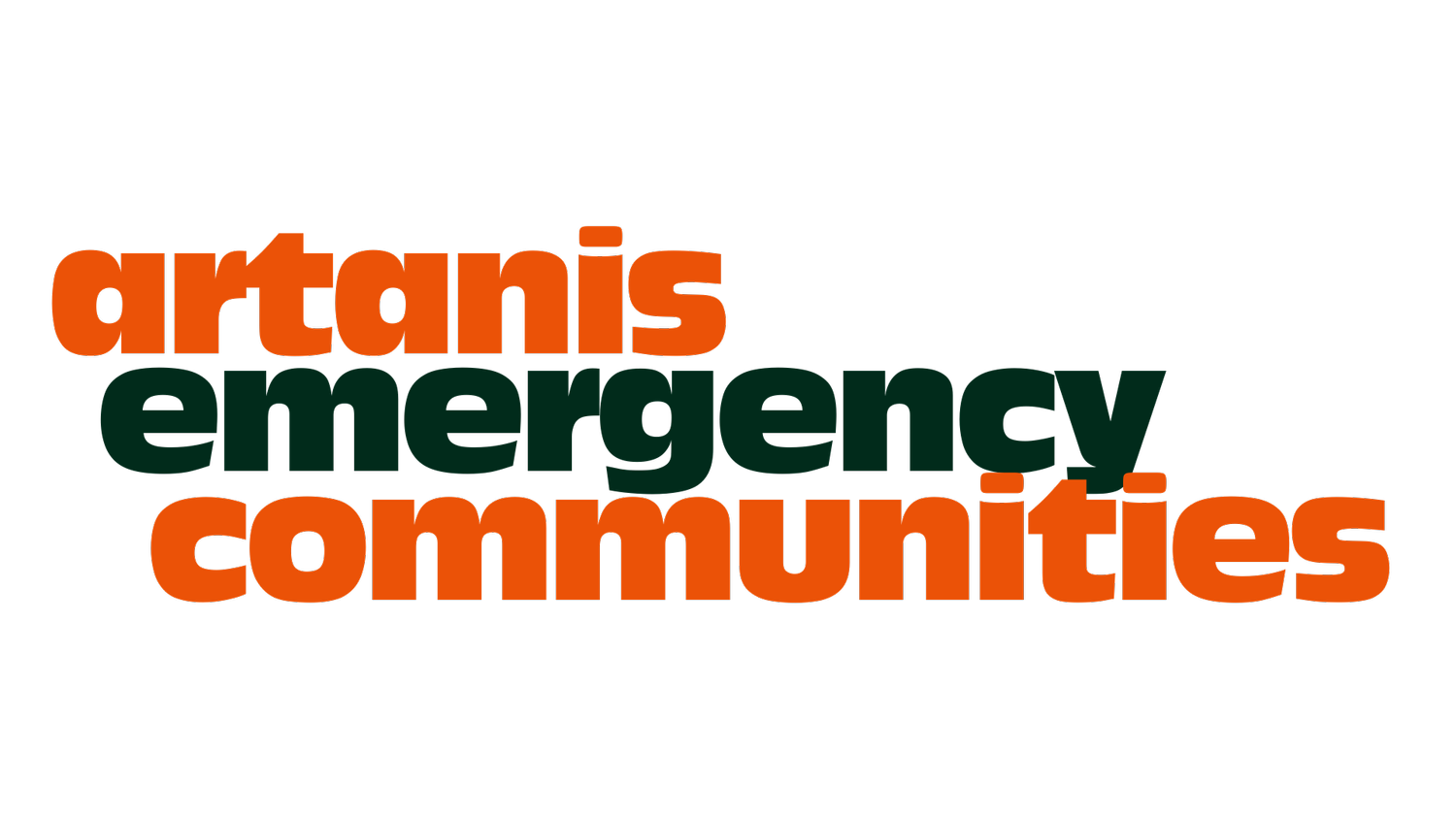
Case Study: Hurricane Helene — 10 Months Later
FEMA’s Housing Response in Western North Carolina
Introduction
Hurricane Helene unleashed an unprecedented housing crisis across Western North Carolina. One year later, thousands of families are still struggling to recover. The impact tore through already vulnerable communities, exacerbating pre-existing needs and highlighting the crucial role of coordinated disaster response. Most concerning: a persistent, 92% eligibility to service gap leaving 19,500 families with no viable path home for 36+ months.
Impact Overview
$12.7 billion in residential damage across Western North Carolina
73,700+ homes directly affected
Pre-existing high rates of cost-burdened renters and homeowners greatly intensified
Rental market instability: shrinking supply, rising rents, 2,100+ evictions
Over 461,000 cost-burdened households even before the storm
Renters and homeowners have faced major hurdles accessing recovery funds, with many shut out by bureaucratic complexity, limited eligibility, or depleted program resources.
Gaps & Ongoing Needs
Estimated $6 billion funding gap persists, especially for:
Renters and homeowners who don’t qualify for existing programs
Rural and low-income areas, where aid has lagged
FEMA & State Response
Federal Relief:
$1.4 billion in federal aid allocated
153,000+ individuals received FEMA assistance
80% of FEMA cases “closed,” but more than 1 in 5 families still await resolution
State Initiatives:
$1 million state rental aid served 330 families for only two months (exhausted by May 2025)
No state-provided mortgage relief
Limited coordination between state and federal support
Need v. Aid Delivered
What’s Needed Now
Urgent recommendations from experts and community advocates:
Substantially expand housing specific relief programs
Build partnerships for faster, more effective disbursements at the local level
Streamline applications and reduce red tape
Target new funding to the most underserved and rural communities
Invest in long-term housing stability beyond initial disaster relief
Conclusion
Artanis Emergency Communities is dedicated to bridging the gap between policy and real-life experience—working so that no family faces recovery alone. Community engagement is our greatest resource in forging a future where disasters don’t define, but reveal, our resilience.
Join us. Your voice matters. Your community matters.


















